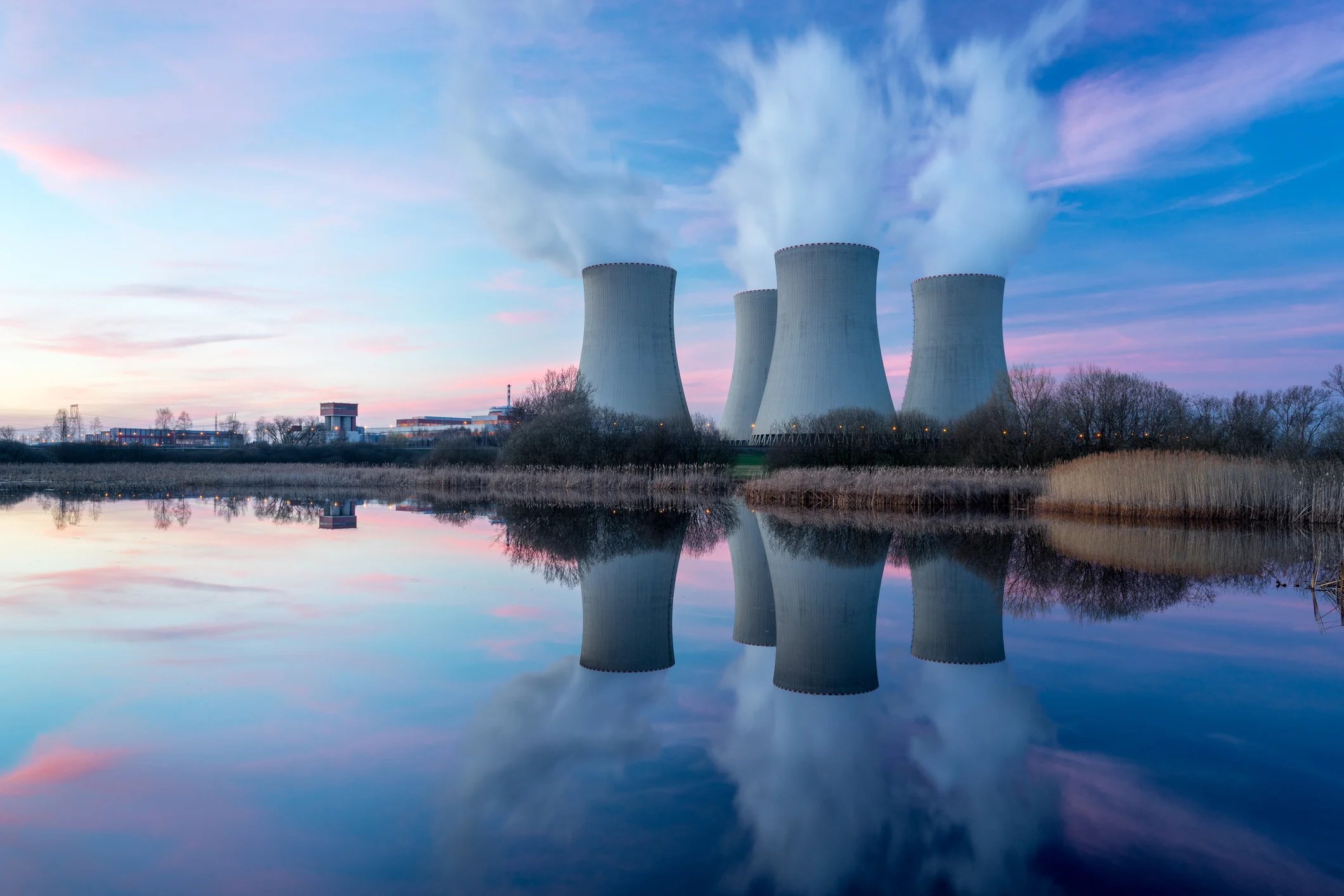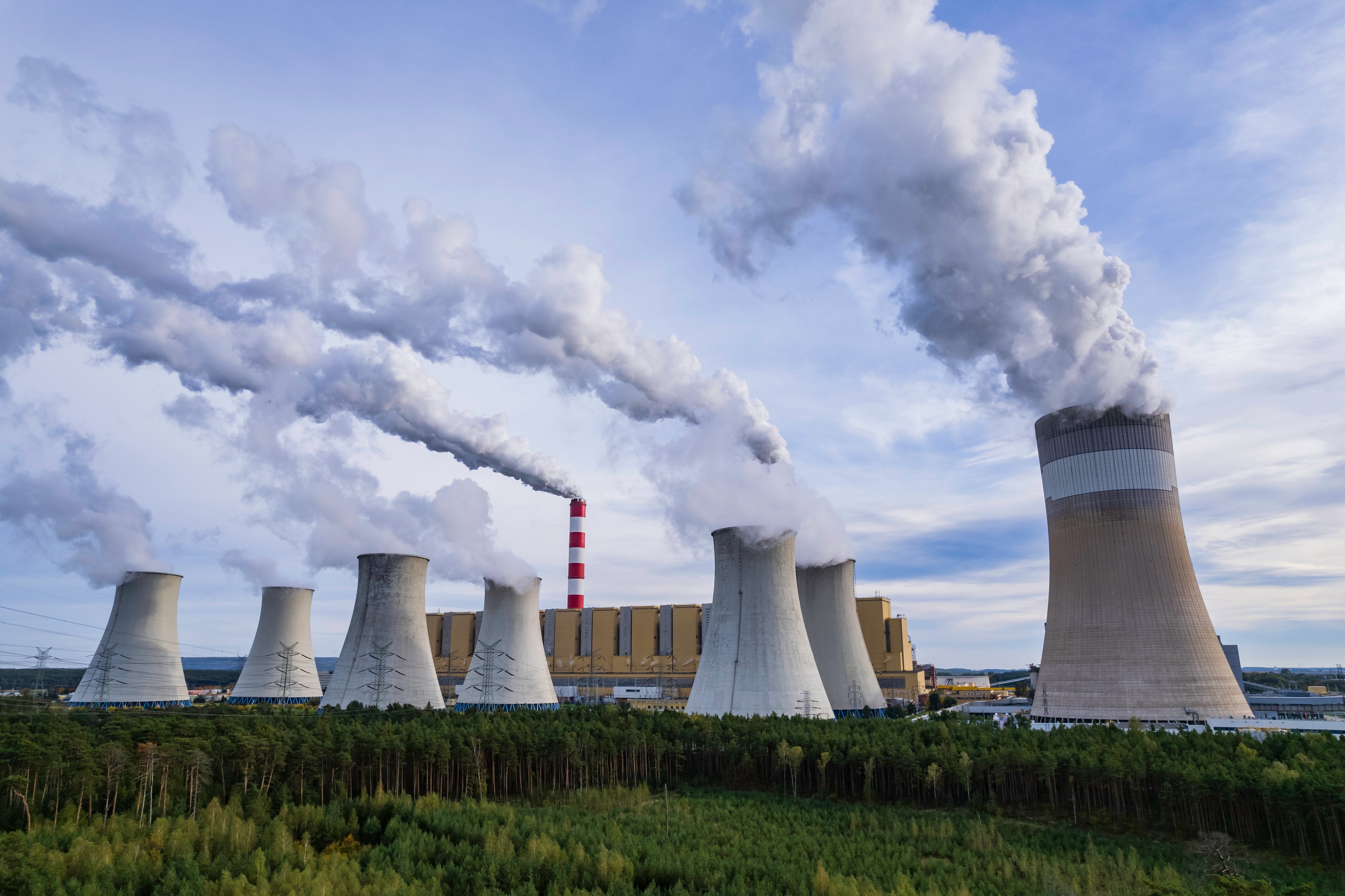Shares of Cameco (CCJ +1.91%) have been in rally mode and for good reason. But before you simply rush out to join the crowd and buy the stock, you should step back. There are a few things you need to watch closely if you intend to add Cameco to your portfolio. Here are three of the big ones.
1. Cameco is a miner
The business that really drives Cameco's top and bottom lines is mining. The product it mines is uranium, which is the basic fuel used by nuclear power plants. Cameco also processes uranium (so it can be used as a fuel source) and owns part of Westinghouse Electric, which provides services to the nuclear power industry. However, the big story on the income statement is, and will likely always be, the price of uranium.

Image source: Getty Images.
That's inherent in the fact that Cameco is a miner. But there's more to consider here as well. For example, it is difficult and expensive to build and operate mines. Thus, there is a material floor cost that Cameco needs to meet before it can make a profit. Again, that's not unique to Cameco; it is simply how mining businesses work. But you need to make sure you understand and closely monitor the core business if you are looking to buy Cameco.
2. Nuclear power is in high demand -- for now
Cameco's stock is "hot" right now because of its tie to the nuclear power industry. Nuclear power is experiencing something of a renaissance. There are some notable drivers of this. First, demand for electricity is growing because of things like artificial intelligence (AI), data centers, and electric vehicles. Second, nuclear power, once a nuclear power plant has been built, is a reliable and fairly cost-effective source of always on power (also known as base load power). And third, nuclear power doesn't emit greenhouse gases, so it is a "clean" energy option.
This is all great news for the nuclear power industry, with even previously shuttered reactors being restarted. Over the longer term, companies are working on building smaller, more modern reactors that are expected to be safer, quicker to build, less expensive, and easier to place close to where they are needed. Every nuclear reactor that gets turned on needs fuel. Thus, demand for what Cameco sells looks set to increase.

NYSE: CCJ
Key Data Points
There's just one huge caveat. It doesn't happen often, but sometimes nuclear power plants have accidents. They are almost always high profile and have, historically, led to nuclear power falling out of favor for a period of time. If you are thinking of buying Cameco, you need to watch the nuclear power industry and the long-term and short-term developments that might make it more or less volatile.
3. Supply and demand swing around
The story right now is that Cameco makes a product that is seeing increased demand. But there's a second layer here because the expected supply of uranium isn't likely to be enough to match up with the demand. That suggests that higher uranium prices are in the cards, which would translate into better sales and revenues for Cameco.
To be fair, Cameco uses long-term contracts to mitigate the risk of commodity price volatility. So it won't participate fully in uranium price rallies, and it won't suffer as much if prices fall. But don't forget to keep watching supply and demand just the same. When commodity prices rise, investments are drawn into a sector. New supply eventually arrives, and then prices come back down. That's just as true of uranium as of any other commodity. So don't count on the current market projections playing out as positively as Cameco suggests right now.
Cameco is probably most appropriate for active investors
Cameco is a bit of a one-trick pony. When that trick is working, the stock tends to perform well. When the trick stops working, investors have a habit of dumping the stock. Given the nature of Cameco's business, the stock tends to swing from being in high demand to being shunned. This is the risk you take if you buy it today or any day. And if you are looking at it, make sure to watch the mining aspect of the operation, the nuclear power industry as a whole, and the supply/demand dynamics around uranium. Each of these things could help or hurt the company's return profile.





